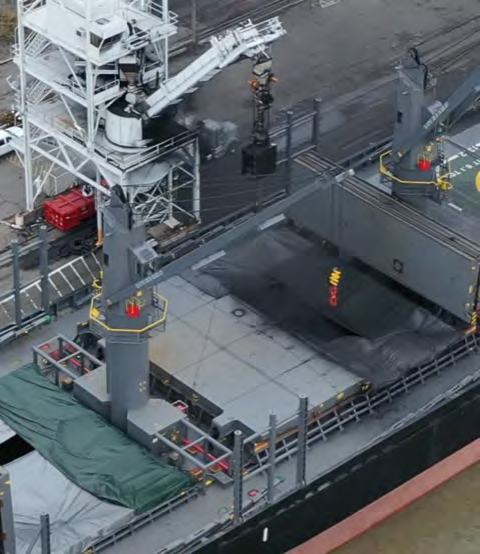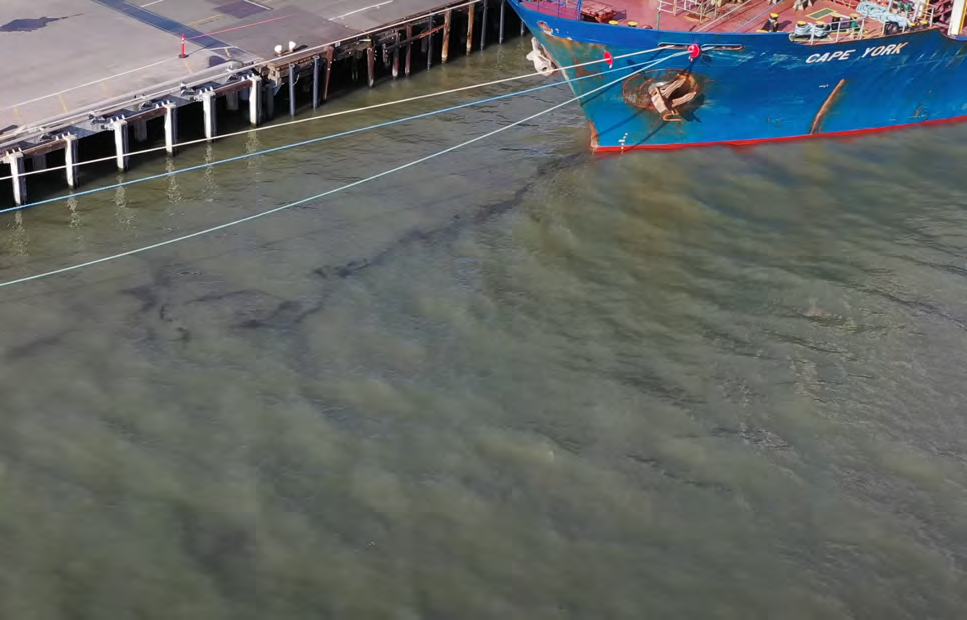
By Stephen Golub, first published in the Benicia Herald on October 13, 2024
When we think about courage, the kinds of things that come to mind are police taking on violent criminals or firefighters rushing into burning buildings. We don’t think of city officials poring over spreadsheets and budget documents.
But when it comes to this year’s mayoral and City Council elections, there’s an admirable element of courage at play. This is a central reason I’m endorsing Mayor Steve Young for reelection, as well as Christina Gilpin-Hayes and (current Council Member) Trevor Macenski for City Council.
They all also merit support for additional reasons that go beyond our budget crisis, including the initiative and energy they’ll bring to these (largely uncompensated) jobs. But with respect to that crisis, they’ve earned respect by biting the bullet and backing the three revenue-enhancing measures on the Benicia ballot, involving a small sales tax increase for road repair and introduction of a modest real estate transfer tax for more general purposes.

Regrettably, as demonstrated by retiring Council Member Tom Cambell in his October 9 letter to the Herald, the responsibility shown by Young, Gilpin-Hayes and Macenski sharply contrasts with an erroneous budgetary approach taken by a twice-defeated (and once victorious) current Council candidate, Republican Lionel Largaespada. Not one to mince words, Campbell describes Largaespada’s number-juggling in terms of “voodoo math.”
As ably analyzed by Campbell, Largaespada’s misleading approach includes incorrectly claiming that he’s “found” enough existing City money to cover road repair and identifying supposedly excessive spending on outside contracting services – even though such services in fact are essential or even crucial to Benicia (and, I’d add, would most likely be more expensive if carried out by City personnel).
Campbell further explains that “Largaespada never talked to anyone in the [City’s] finance department or the City Manager’s department about his plan.” Finally, demonstrating some fine institutional memory, Campbell points to the video of a specific Council meeting to assert that in 2019, while on the Council( before being defeated in 2022), Largaespada backed a higher sales tax than the one candidate Largaespada now opposes. He was apparently for that kind of tax before he was against it.
All this worries me in three ways.
First, with 44 percent of the City budget going to fire and police protection, there seems no way to adopt Largaespada’s apparent voodoo math without cutting that essential protection. It could also mean deteriorating roads and other City services, as well as a failure to repair City buildings and facilities, such as the Police headquarters, the Senior Center, the Swim Center, the library and a host of other structures.
Second, Campbell does not stand alone in his refutation of Largaespada’s math. His critique is part of a broad consensus of criticism that I’ve heard from responsible Benicians across the political spectrum, ranging from business-centric to progressive circles.
Finally, if Largaespada brings this questionable approach to the budget, one must wonder about his judgment in handling other pressing issues Benicia faces – not least safety and health challenges presented by Texas-based Valero, who’s dangerous crude-by-rail “bomb train” plan he backed several years ago and which has massively, indirectly supported him through political action committee spending over the years – often through misleading ads that unfairly attack his opponents.
I don’t like criticizing Largaespada in these pages. He is a good, bright person. But I don’t like the possibility of gutting City services hanging over our heads either, especially when Campbell and many other experts refute his calculations.
Back to courage and judgment: It’s hard to tell people we need additional taxes. It’s harder still to put one’s political career on the line to do so. But Mayor Young has led the way in dedicating much of his campaign to that, in order to right the City’s fiscal ship for now and into the future.

Thus, he’s backing Ballot Measure F, the product of a citizen initiative that gathered over 2,000 signatures, which will increase the sales tax on non-grocery items by a small amount (to still less than a number of other Bay Area communities) in order to ensure that road repair is fully funded.
He’s similarly backing Measures G and H, which together will allow the City to raise funds to help close our looming budget deficits via a modest transfer tax on real estate sales – with key exceptions such as no tax in the case of inheritance or divorce.
A real value of G and H is that with state-mandated additions of housing to Benicia, other possible housing developments on the horizon and the possibility of Valero selling its refinery down the line, large chunks of revenue could be generated by the transfer tax without imposing any costs on current Benicia residents.
I won’t delve into the pros and cons of these three measures beyond very briefly addressing certain frequently heard counter-arguments.
For instance, aren’t City employees overpaid or isn’t the City overstaffed? No. In fact, sometimes Benicia does not even match the going rate for some jobs in other municipalities, which has meant losing valuable staff to them and the resulting expense of recruiting and hiring replacements. And Benicia has made staff consolidations to streamline its operations.
Or, why can’t we renegotiate employee pensions? Because we’re bound by law to honor them.
For these reasons and many more, all three measures have the support of Benicia’s public safety unions, the Solano County Association of Realtors, the County’s Democratic Party and many other organizations and individuals across the political spectrum.
The budget crisis isn’t at all the only reason I’m backing Steve Young for Mayor. He displays an even keel in leading the City, as evidenced by the calm stewardship he showed during the pandemic. He offers various sensible plans and projects to enhance our business climate and quality of life. Such initiatives will yield additional revenues down the line without imposing additional taxes.
I have not addressed Macenski’s candidacy much because, as a popular incumbent, he does not seem to need the same level of discussion as newcomer Gilpin-Hayes, whom I’ve previously, enthusiastically endorsed. Suffice to say that he is a very sharp individual who brings great knowledge to consideration of many city issues.

There is, however, one regard in which I wish Gilpin-Hayes, Macenski and especially Young were stronger: the proposed Industrial Safety Ordinance (ISO) that Vice Mayor Scott, Council Member Birdseye and several other individuals have labored over for the past year. All three have cautiously endorsed aspects of it in principle, which is understandable. But as a matter of leadership and legacy, and of safety and health, stronger and clearer support would be welcome in the lead-up to the election – especially in contrast with the eventual unsupportive stance we might expect from Largaespada in view of his past backing by Texas-based Valero.
I have not addressed the candidacies of Kevin Kirby for Mayor and (former Valero and Exxon Mobil employee) Franz Rosenthal for City Council because, while they both came across as nice folks in a recent forum organized by the Benicia High School debate team, neither have matched the focus or knowledge of Young, Gilpin-Hayes, Macenski or Largaespada– whether at that forum or online – regarding the crucial issues confronting Benicia. The one exception is former Valero and Exxon Mobil employee Rosenthal’s clear opposition to the ISO.
In addition, given Rosenthal’s apparent extremely late entry into the race, one wonders whether, as the other new face in the Council contest, he’ll counterproductively take votes away from the energetic and well-qualified newcomer Gilpin-Hayes.
To sum up: For their courage, judgement and many more reasons, I hope that Benicians will work for, donate to and above all vote for Young, Gilpin-Hayes and Macenski for Mayor and City Council Members. Benicia needs the sound, responsible, energetic approaches they bring to the table.
[Note: I have donated to the Young and Gilpin-Hayes campaigns.]
The BenIndy has also endorsed Christina Gilpin-Hayes for City Council. Learn more about her campaign by clicking the image below and visiting her website







You must be logged in to post a comment.